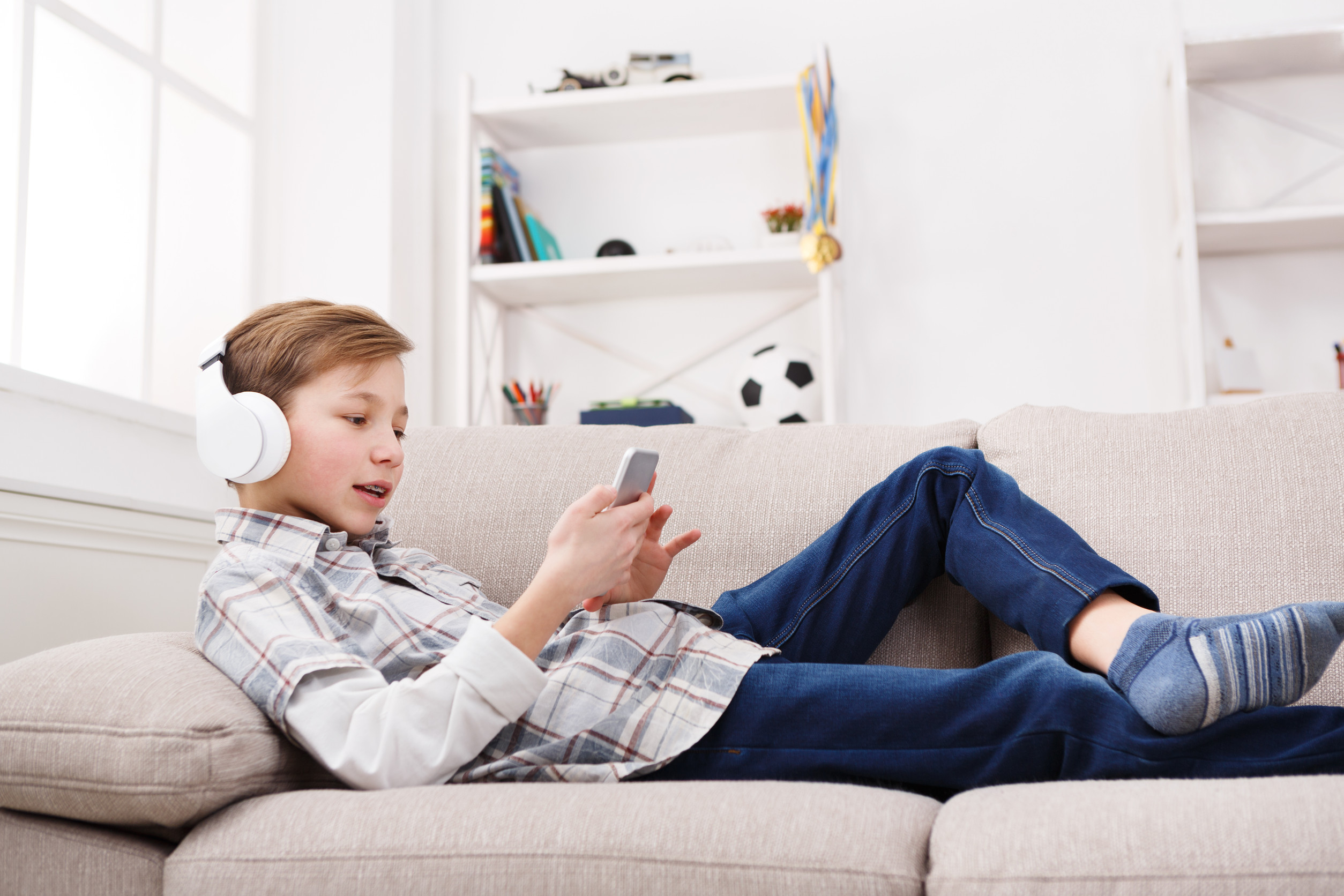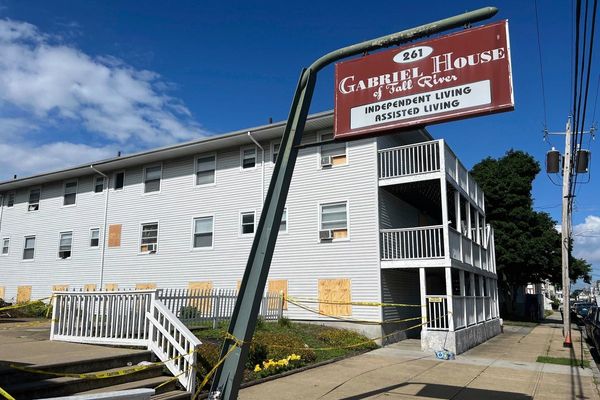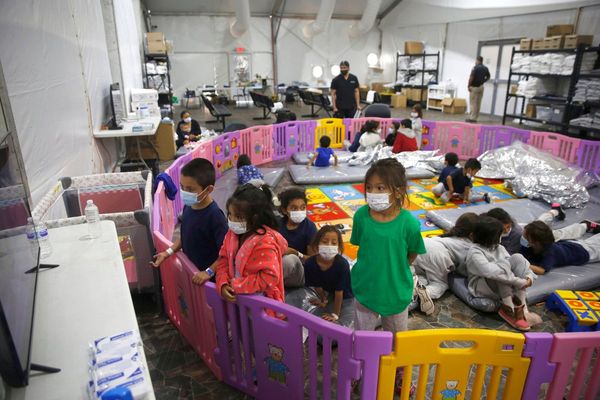Letting your child stay home alone is a major milestone—for them and for you. Whether it’s for 15 minutes while you run an errand or a couple of hours after school, it’s natural to feel a mix of pride and panic. The key to peace of mind? Preparation. Kids home alone need more than just snacks and screen time—they need to know how to respond in a variety of situations. These six urgent safety tips will help ensure your child feels confident and secure when they’re on their own.
1. Set Clear Check-In Rules
When it comes to kids home alone, one of the first and most effective safety tips is setting a consistent check-in system. Ask your child to call or text you as soon as they walk in the door, and consider having them check in at regular intervals if you’ll be gone a while. This gives you peace of mind and ensures they know someone’s aware of their well-being. For younger children, set reminders on their devices or write the steps on a whiteboard. Don’t forget to discuss who they can call if they can’t reach you—trusted neighbors, grandparents, or another designated adult.
2. Review Door and Phone Safety
Make sure your child knows never to open the door to strangers, no matter how friendly or official someone might seem. It’s also smart to instruct them not to answer the phone unless they recognize the caller ID. Kids home alone can be easy targets for scams or unwanted attention if they reveal they’re unsupervised. Practice scripts like “My parent can’t come to the phone right now, can I take a message?” and teach them to ignore anyone at the door entirely. Reinforcing these rules builds instinctual safety habits over time.
3. Lock Down Internet Access
The digital world can be just as risky as the real one when kids are home alone and don’t have guidance. Use parental controls to limit access to certain websites, apps, and games, especially if your child is still learning to navigate the internet responsibly. Remind them not to chat with strangers online, share personal information, or post on social media that they’re home alone. Talk about which shows, games, or platforms are OK while you’re away and which ones are off-limits. A quick digital cleanup can protect their safety while giving them entertainment options you trust.
4. Go Over Emergency Scenarios
Reviewing what to do in case of fire, injury, or other emergencies is essential before leaving kids home alone. Teach your child how to call 911 and what information they’ll need to provide. Role-play common scenarios, like smelling smoke, someone trying to break in, or feeling sick. Keep emergency contact numbers posted in an easy-to-find spot and make sure your child knows your home address and phone number by heart. The more you practice together, the more confidently your child will respond if something ever goes wrong.
5. Establish Safe Zones and Off-Limits Areas
Designate specific rooms or areas in the house as safe zones where your child can spend their time—ideally spaces close to a phone and away from potential hazards. At the same time, identify off-limits zones like the kitchen, garage, or backyard, especially for younger kids. Kids home alone should avoid cooking with appliances, using sharp tools, or doing any activities that could put them at risk without adult supervision. Clear boundaries help reduce the chance of accidents and make it easier for your child to focus on what they can safely do.
6. Create a Simple Routine for Alone Time
Having a plan helps kids home alone feel more confident and less anxious. Create a checklist or timeline that outlines their time alone, such as when to lock the door, when to start homework, or what shows they can watch. You can even leave a fun note with snacks or a puzzle to give them something to look forward to. A predictable routine minimizes boredom (and rule-breaking) and reinforces structure in your absence. Keep it simple, age-appropriate, and consistent every time they’re left on their own.
Safety Builds Independence, One Step at a Time
Giving your child the freedom to stay home alone—even for short stretches—teaches responsibility and builds confidence. With the right rules, a bit of practice, and ongoing conversations, kids home alone can stay safe and even thrive in their independence. Every tip above isn’t just about protection—it’s about preparation. By being proactive, you’re giving your child the tools they need to handle being alone with calm and confidence. And that’s a win for everyone.
What safety strategies have worked best for your kids at home alone? Have you discovered any clever tools or rules that made things easier? Share in the comments below!
Read More:
The “Safe Sleepover Talk” Every Parent Should Have (But Most Don’t)
6 Seemingly Safe Places That Could Actually Be Dangerous for Kids
The post Alone and Safe: 6 Urgent Safety Tips for Kids Home Alone appeared first on Kids Ain't Cheap.








